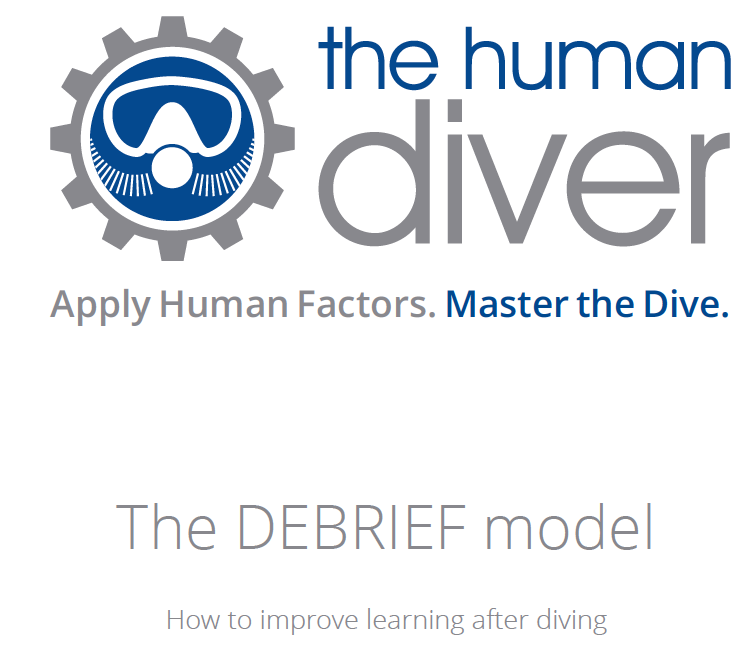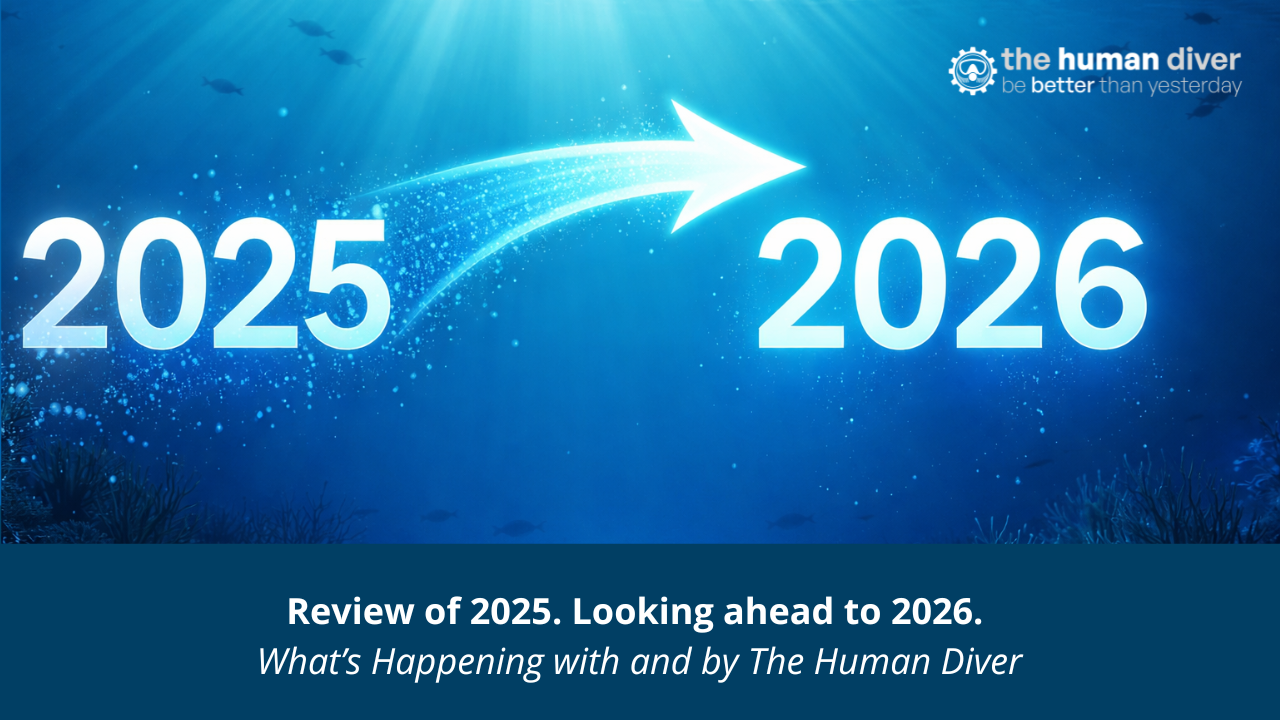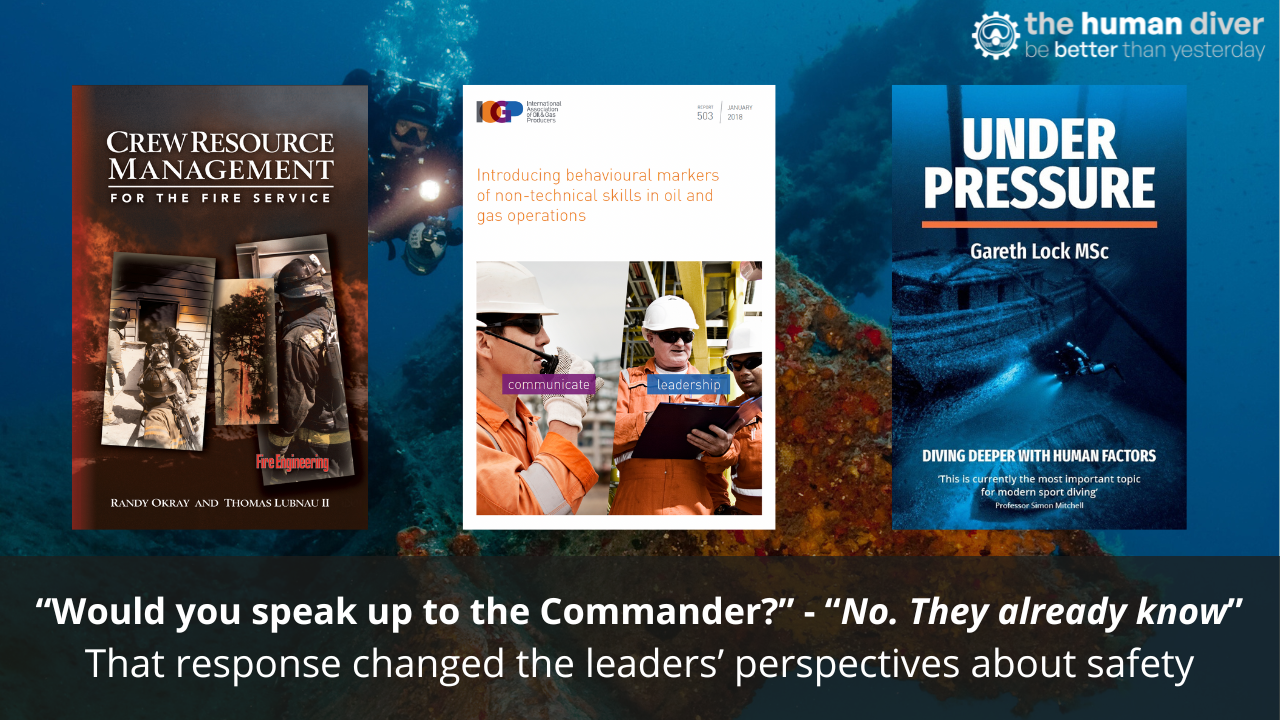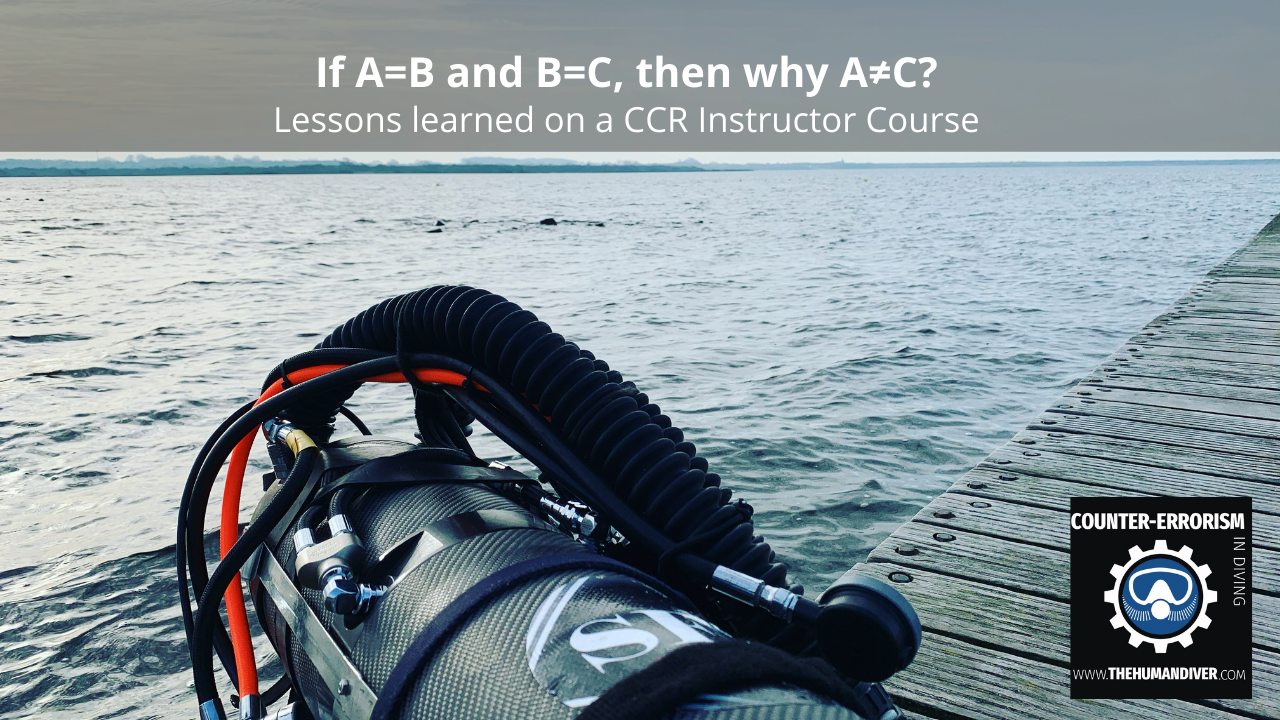
If A=B and B=C, then why A≠C?
Nov 14, 2021If you were to ask me what subject at secondary school I disliked the most, the first thing that comes to mind is mathematics. I know I’m not the only one who feels that way, right? So why on earth would I begin a blog about Human Factors in Diving then with something that seems to remind people of maths? Allow me to explain.
Back to Travelling

A couple of months ago I travelled abroad to teach a couple of rebreather instructor courses. Before 2020, I would do these sorts of trips regularly but a certain virus has been frequently upsetting my schedule since then! As a result, I have lost some ‘travel routine’ and this became painfully obvious on the first day of training.
One of the nice things about teaching instructor courses for rebreathers is that you are dealing with very experienced divers. They also need to have teaching experience and as result, you can focus more on fine-tuning certain skills and on different teaching techniques. After all, no two people are ever the same and quite often you need to be able to change the way you teach to make sure the student really understands everything. Furthermore, you need to verify that the message you were trying to get across was actually understood the way you intended. This is where Human Factors come into play.
On the morning of the first day of training, we started with introductions and then we discussed the plan for the upcoming week. We looked at the agency’s and the manufacturer’s standards as they applied to the courses and then we got started on building up our units.
CCR Breathing Circuit
For those of you who don’t know what makes a rebreather different from diving open circuit: with a rebreather the gas that you exhale gets fed through a filter. Here the carbon dioxide is filtered out and, if needed, some oxygen is added to the gas to make up for the oxygen you metabolise while diving, and then you inhale this gas. This might be obvious for some, but for this to work the exhaled gas must reach the filter and for it to get back into your lungs once filtered, you need a complete breathing circuit which includes a set of hoses and a mouthpiece. These hoses and the mouthpiece are called the ‘loop’, and wouldn’t you believe it, that is exactly the one piece of equipment that I had forgotten to bring! My loop was still at home, safely in a cupboard.
How could I forget?
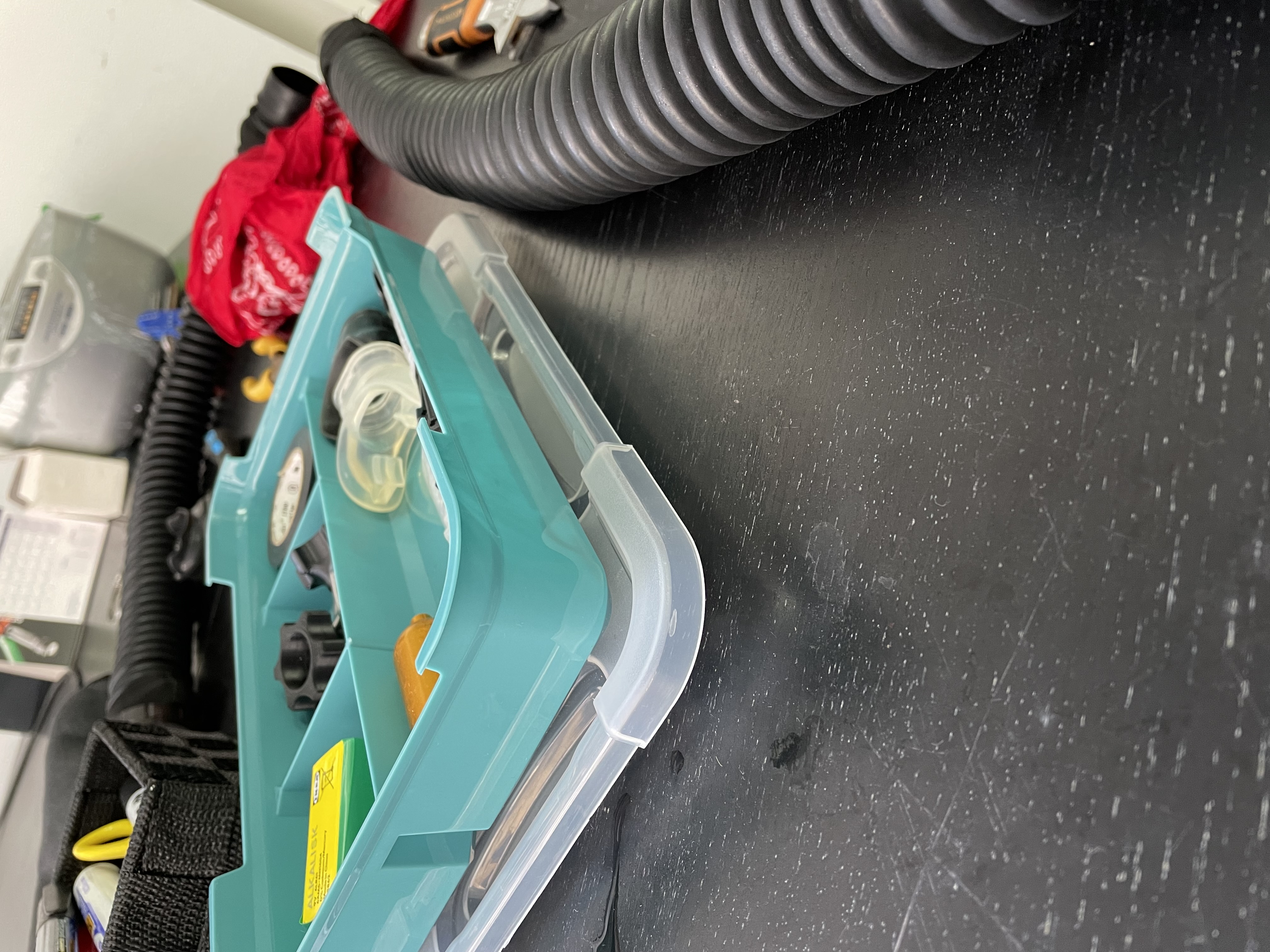
Here I was, an Instructor Trainer on a rebreather, two instructor candidates and I had forgotten my loop. Yes, I felt rather foolish but then I realised this was a really good teachable moment. I told the gentlemen what I had forgotten to bring. One of the candidates had an extra loop so the problem was easily resolved, but of course, I did not feel very good. The three of us looked at how this could have happened. A number of possible contributory factors were identified.
- One was that it had been over a year and a half since I had last travelled by plane with a rebreather. This matters because when I fly with a rebreather I travel with it completely broken down, but when I travel by car I usually have the rebreather completely assembled in the boot.
- Secondly, the fact that I had not used a checklist for packing was a big issue. Checklists come in different forms and sizes but that is a topic for another day.
On day 2 we started diving in good spirits. Before the first dive, we made a plan and during the briefing we went over everything one more time, just to make sure we all had the same goal in mind. One of the topics in the briefing was which skills we were going to do. When you dive a rebreather (or open circuit for that matter), it is good practice to do a ‘bubble check’ at the start of the dive either on the surface with the equipment submerged or just below the surface on the descent. Your teammate checks your equipment for bubbles that shouldn’t be there, and you do the same for your teammate. Because a rebreather doesn’t have any bubbles, this check shouldn’t take that long. Both instructor candidates could tell me which skills we were going to do, in which order and at which point during the dive. So, what could go wrong, right?

We started the dive and the bubble check was done according to plan at about 6 meters deep. Candidate 1 checked candidate 2 and vice versa, and then the learning opportunity happened, I was given an ‘okay’ sign and off they went. I had said that I would be following them, and they would be in front of me during the dive. The idea was that this allowed me to see what they were like underwater and also, to see how they worked together as a team. However, neither paid attention to me. No one had done a bubble check on me. The dive proceeded according to plan and after the dive, it was time for a debrief.
I asked a number of things, such as what they think we did well as a team and why it went well but also what we would need to improve on and how we were going to do this? A couple of skills were mentioned but none of the non-technical skills such as good communication, good decision making and working well as a team.
I then asked them why neither of them had performed a bubble check on me? There was a moment of silence and then came the answer I always get when during a course I do things wrong or forget to do things, ‘But you are the instructor!’ To which I always reply the same, ‘So does that mean I can’t make mistakes or that nothing can go wrong with me?’ I reminded them of the fact that I had forgotten to pack my loop.
Then it hit them, instructors are human too and instructors have things go wrong with their diving too, they too can forget things or make slips or a mistake. So, if an instructor (A) is a human (B) and a human (B) can make mistakes/forget things/’be unlucky’ (C) then it follows that the instructor can make mistakes too.
If A=B and B=C, then A=C.
Proactively including errors made by the instructor into a course can serve as an eye-opener to candidates and students, but of course, this must be done in a safe way so that if the error is not picked up, it does not lead to a catastrophic, or unrecoverable situation. However, an even more powerful way of creating learning opportunities is to reflect on your own diving and pick up something accidental that happened as part of your own debrief in the class. This creates vulnerability and humility, key components for psychological safety and enhanced learning.
Ask yourself, “If I am the most experienced diver would divers around me raise a possible concern they may have when they see something that is possibly not right with me or my equipment? Or do I place myself (too much) on a pedestal?” Or do they behave in the same manner that these two instructor candidates did? If it is the latter, then I would urge you to remedy this as soon as possible, it might just save your life, and if you are teaching instructor courses, it might save many more. You would not want an instructor to get into trouble underwater and endanger his students and himself due to the lack of a psychologically-safe environment.
There are numerous blogs on the Human Diver site that cover the topic of psychological safety. This one, https://www.thehumandiver.com/blog/team-building-psych-safety-1, starts a four-part series.
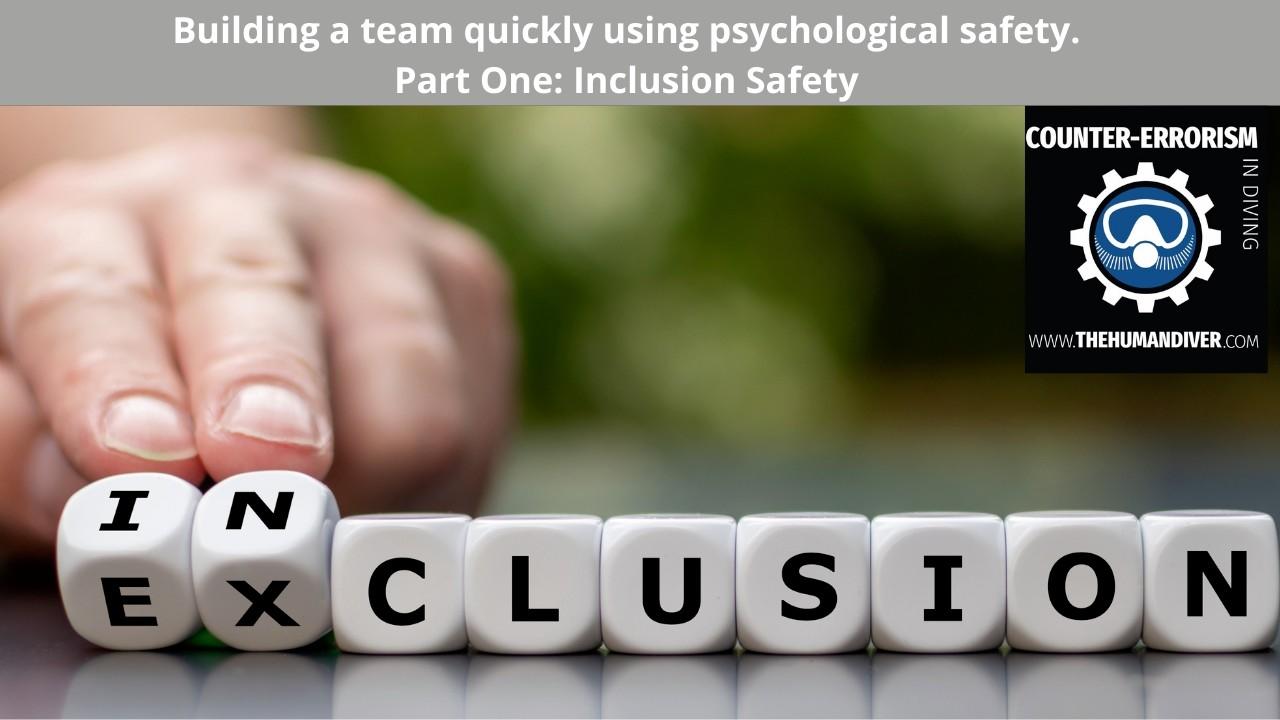

Bart Den Ouden
Bart, who has been a professional diver for almost 20 years, strongly believes that training is paid for but certification is earned. He has always felt “something” was missing in most of the training programmes he has undertaken or taught. Human Factors has filled that gap for him.
He became a professional diver in 2001 and five years later, an EFR Instructor Trainer, a TDI Instructor Trainer a year after that and a PADI Course Director in 2008. He also offers Workplace Accredited Training and is a Diver Medical Technician. He is an Open and Closed Circuit Advanced Trimix Instructor Trainer with around 3,000 dives over 20 years of diving.
Bart was an early adopter and supporter of the Human Factors in Diving courses and went on to offer himself as an instructor with The Human Diver. He wanted to be at the forefront of this holistic teaching in diving.
Want to learn more about this article or have questions? Contact us.

